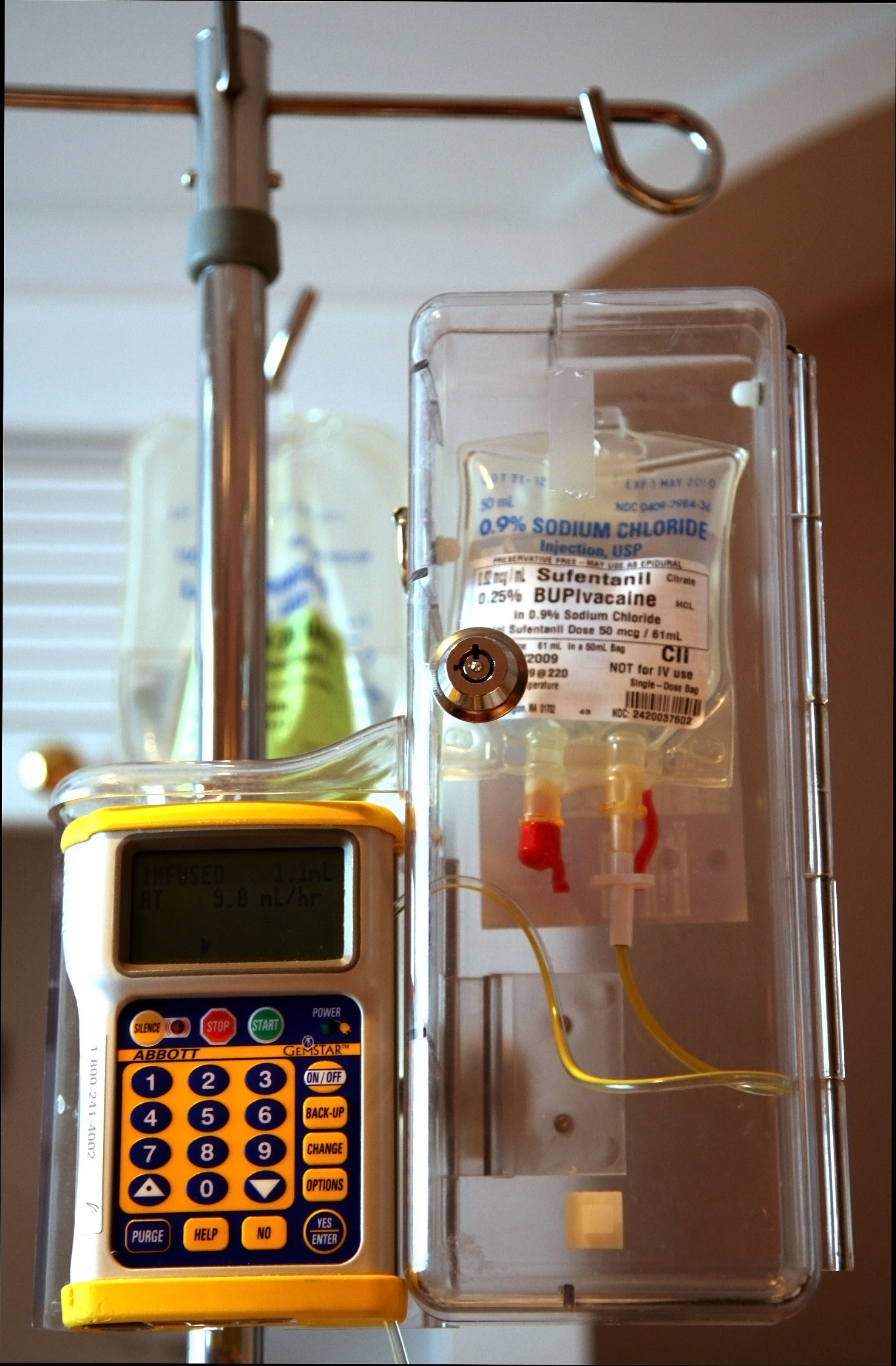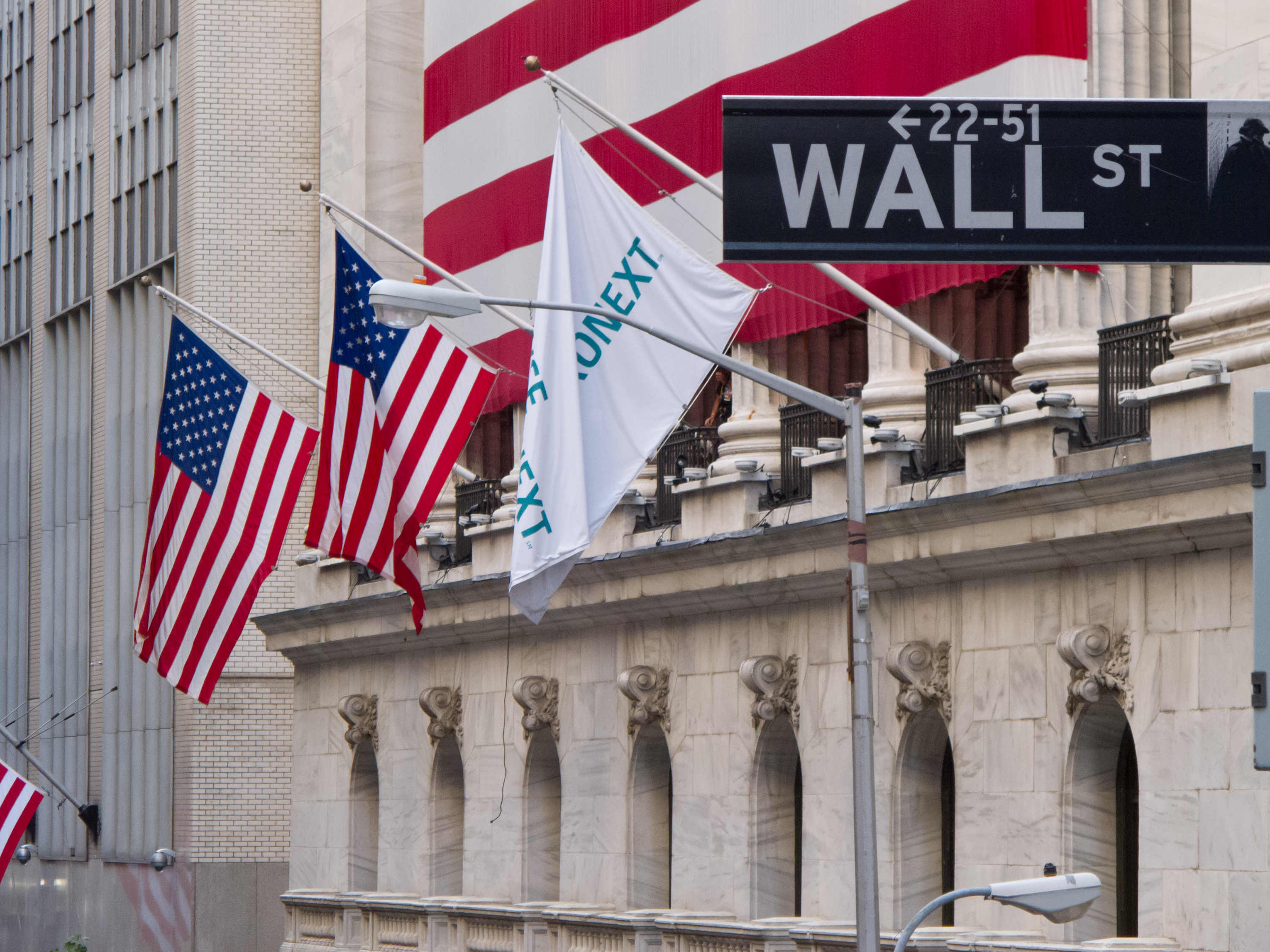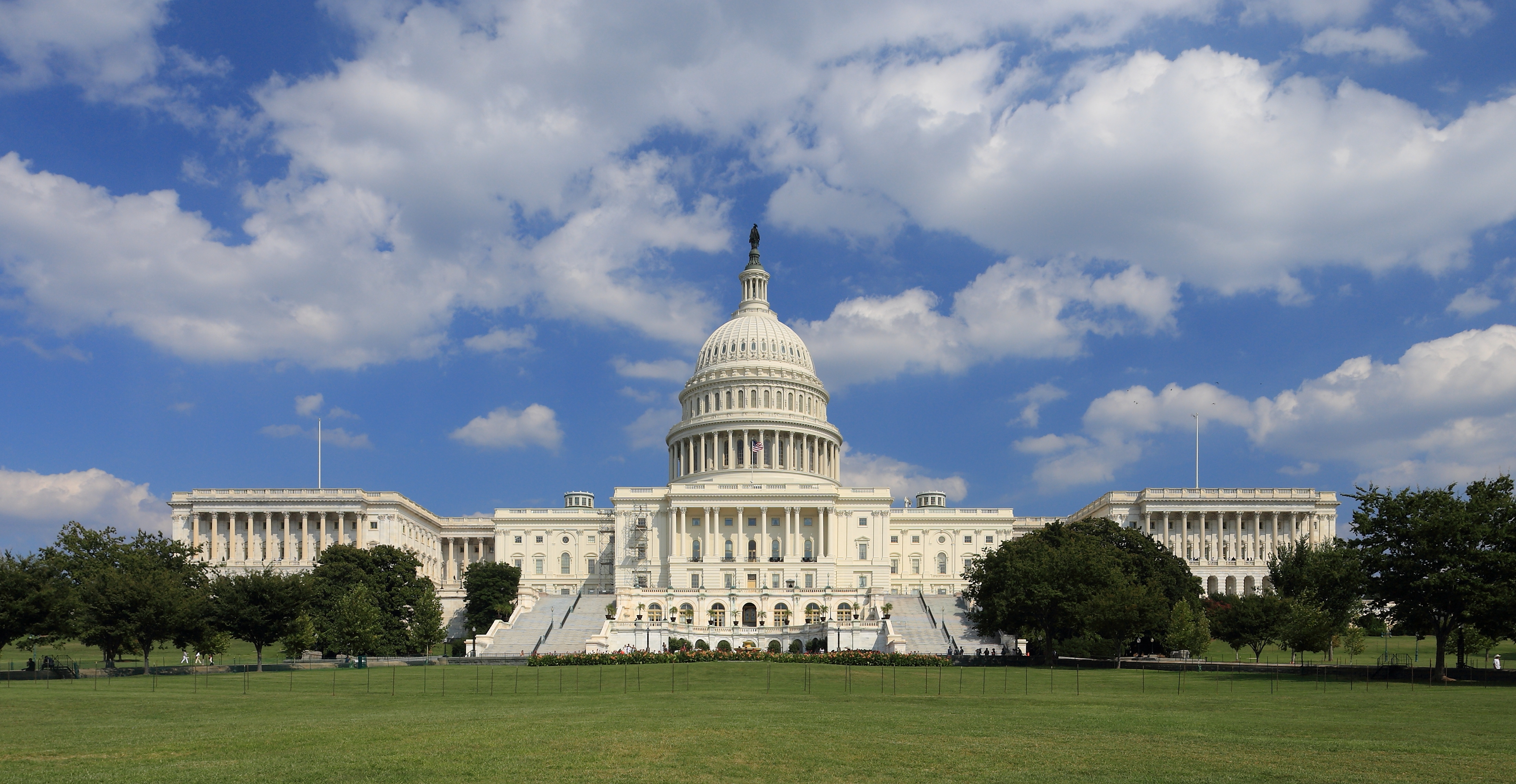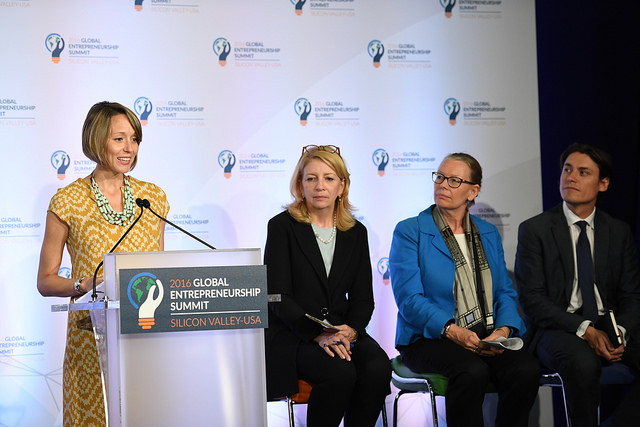Washington, D.C. is known for its politicians and bureaucrats, but it’s also where the top-20 U.S. government contractors are based. In recent decades, high-tech, high-growth entrepreneurship has been on the rise in the U.S. capital. Startup ventures, coupled with a diverse economy, largely fueled by the federal government, have led D.C. to emerge as a strong entrepreneurial ecosystem.
History of Entrepreneurship
The diversified needs of the federal government have led to a varied ecosystem. Feldman 2001 concludes that two unique conditions impacted the development of D.C.’s entrepreneurial culture: underemployed skilled labor caused by federal job cuts and the commercial exploitation of intellectual property rights from publicly funded research.
Changes in federal employment policy through the Civil Service Reform Act of 1978 led the federal government to outsource goods and services in an effort to reduce civil service jobs.
The Federal Technology Transfer Act of 1986 created the Cooperative Research and Development Agreements (CRADAs) as a mechanism whereby nonfederal entities can collaborate with federal laboratories on research and development projects. CRADAs aim to promote technological competitiveness and technology transfer to marketable products.
Biotech found a partner in the federal government through CRADAs. Proximity to federal labs has created an important biotechnology cluster attracting Merck and Pfizer among others, as well as startups MedImmune and Human Genome Sciences, later acquired by GlaxoSmithKline.
Other notable startups that emerged under the public-private sector collaboration include Stinger Ghaffarian Technologies, Inc. (SGT), who provides scientific and IT service solutions to a wide array of federal government agencies nationwide including NASA and the U.S. Department of Transportation.
Government outsourcing opportunities benefitted the Information and Communications Technology (ICT) industry. The earliest ITC entrepreneurs were government contractors, who began working on ARPANET, the predecessor of the internet.
When the federal government removed the commercial restriction on the use of internet in 1989, former contractors became tech startups with ample opportunities to grow their ventures.
Resources in D.C.
AOL is a prominent ICT company launched in the D.C. metropolitan area during the 1990s dot-com boom. AOL is also credited for shaping the region’s entrepreneurial ecosystem. Prior to its relocation to Manhattan, AOL funded Fishbowl Labs, a business incubator located at its Dulles campus. Fishbowl Labs provides resources to startups at no cost and a mentorship program through its employee network.
The company also invested in firms such as the D.C.-based tech hub incubator 1776. The incubator is modeled after 1871 in Chicago and the General Assembly incubator in New York. Notable companies currently working with 1776 include Babyscripts, Cowlar and MUrgency. 1776 organizes networking events for the government innovator community to promote the interconnectivity of startups and D.C.’s main consumer, the federal government.
Washington D.C. boasts four top universities in the immediate area with entrepreneurship programs: The Sustainable Entrepreneurship and Innovation Initiative at American University, Startup Hoyas at Georgetown University, Mason Innovation Lab at George Mason University and The Office of Entrepreneurship and Innovation at George Washington University.
Current D.C. Startups
Washington D.C.’s economy is stable and diverse. As of February 2017, the area had an unemployment rate of 2.5% and the gross product of the area was $471 billion in 2014, making it the sixth-largest U.S. metropolitan economy.
D.C.’s ecosystem has historically been linked to government agencies, but more recently, the startup community has had greater diversity. Notable startups out of D.C. include LivingSocial, iStrategyLabs and CoFoundersLab. Advertising company iStrategyLabs has created devices and advertising campaigns for 21 Fortune 500 companies. CoFoundersLab connects entrepreneurs via an online network.
The success of LivingSocial has invigorated the D.C. ecosystem with a new generation of startups. Borrowing Magnolia, a wedding dress rental business, Galley, a freshly prepared food delivery service, and online custom framing business, Framebridge, are among the ventures founded by LivingSocial alumni.
Venture Capital in Washington, D.C.
The D.C. startup scene is home to a number of influential venture capital firms that help invigorate the ecosystem. Venture Capital investment in D.C. has reached around $350 million in investment for years 2014 and 2016, with investment lower than $200 million in 2015.
According to a report from the Martin Prosperity Institute detailing worldwide VC investment in high-tech startups, D.C. is ranked eighth in the world with a total cumulative venture capital investment of $835 million until year 2012 (the most recent year these detailed data are available).
Data indicating the number of first-round deals in D.C. illustrate a stable ecosystem with an average of 36 first-round deals per year in the last five years.
One of the largest venture capital firms in the world, New Enterprise Associates (NEA), calls both D.C. and Silicon Valley home. In 2015, NEA’s fourteenth investment fund closed with $3.1 billion in investor capital, making it the largest venture capital fund ever raised. NEA invests in technology and health care companies around the world, but continues to support companies in D.C. such as online movie player SnagFilms and software producer Cvent. 
A diverse portfolio of venture capital firms are settled in the ecosystem to guarantee funding sustainability. Fortify Ventures, an early stage technology investment fund, nurtures investors and entrepreneurs. Fortify has received $100,000 in funding from the D.C. mayor’s office. D.C. startup, Social Tables, recently raised $13 million in Series B funding from Fortify Ventures and other investors.
Other notable venture capital firms in the D.C. area include Groundwork VC, a fund for minority founders, New Atlantic Ventures, a firm that invests in early stage startups and NextGen Venture Partners, which transitioned from an angel network into a venture capital firm this year.
D.C. venture capital investment is strong, but compared to areas such as San Francisco, which posted over six billion dollars in venture capital investment, San Jose (approximately $4 billion) and Boston (approximately $3 billion), VC investment in D.C. still has room to grow.
Startup-Friendly Government Policy
Local government policy incentivizes companies to move to or remain in D.C. The District waives corporate income taxes for the first five years and provides new-hire wage reimbursements for startups. However, D.C.’s regulatory environment still implies high costs for obtaining business licenses and permits.
Washington’s venture capital firms, angel networks and private investors cannot compete with the extensive network and resources in established ecosystems like Silicon Valley or the Research Triangle in North Carolina. According to Dow Jones VentureSource, about 50% of all venture capital invested in the United States goes to companies in Silicon Valley.
Despite Silicon Valley’s dominance, D.C.’s location, culture and resources position it as a strong ecosystem. D.C. will continue to take advantage of the resources and opportunities presented by the federal government.












 t. Louis’ ecosystem unique.
t. Louis’ ecosystem unique.





 Legislation passed during the first three months of the 115th Congress pays disproportionate attention to entrepreneurship and innovation. McNair Center research shows that in a typical congressional session, less than 2 percent of legislation introduced is relevant to E&I issues. As of March 23, three of the
Legislation passed during the first three months of the 115th Congress pays disproportionate attention to entrepreneurship and innovation. McNair Center research shows that in a typical congressional session, less than 2 percent of legislation introduced is relevant to E&I issues. As of March 23, three of the 

